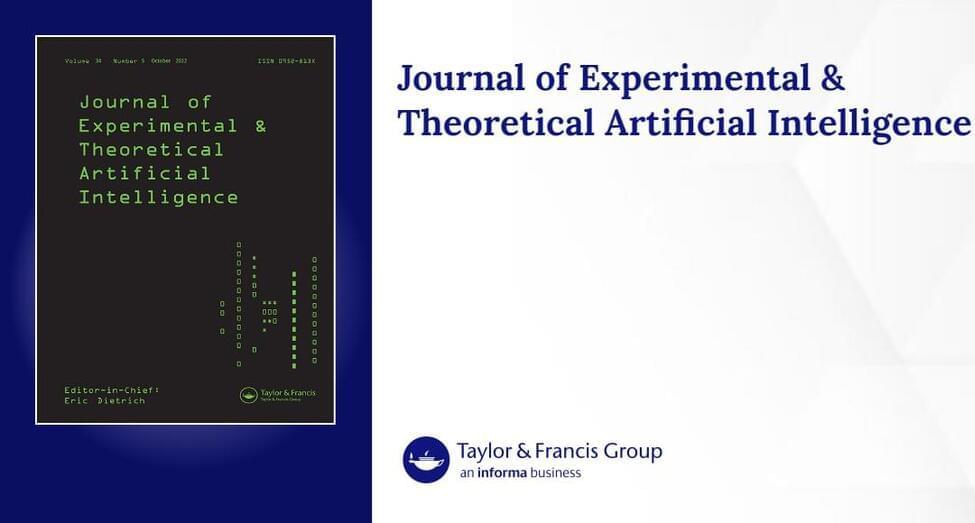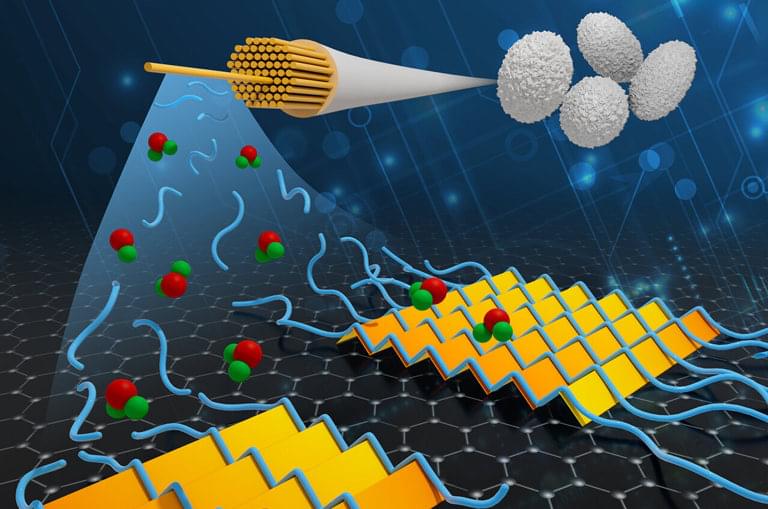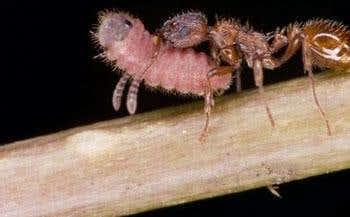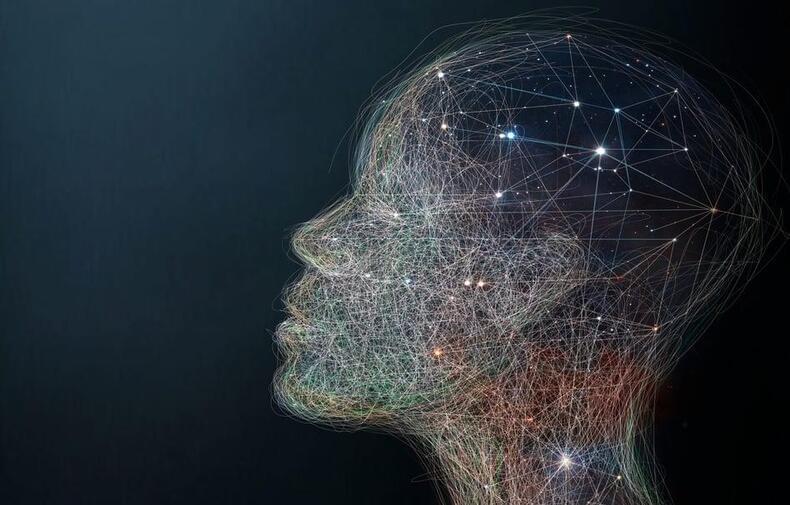A small-N comparative analysis of six different areas of applied artificial intelligence (AI) suggests that the next period of development will require a merging of narrow-AI and strong-AI approaches. This will be necessary as programmers seek to move beyond developing narrowly defined tools to developing software agents capable of acting independently in complex environments. The present stage of artificial intelligence development is propitious for this because of the exponential increases in computer power and in available data streams over the last 25 years, and because of better understanding of the complex logic of intelligence. Applied areas chosen for examination were heart pacemakers, socialist economic planning, computer-based trading, self-driving automobiles, surveillance and sousveillance and artificial intelligence in medicine.








